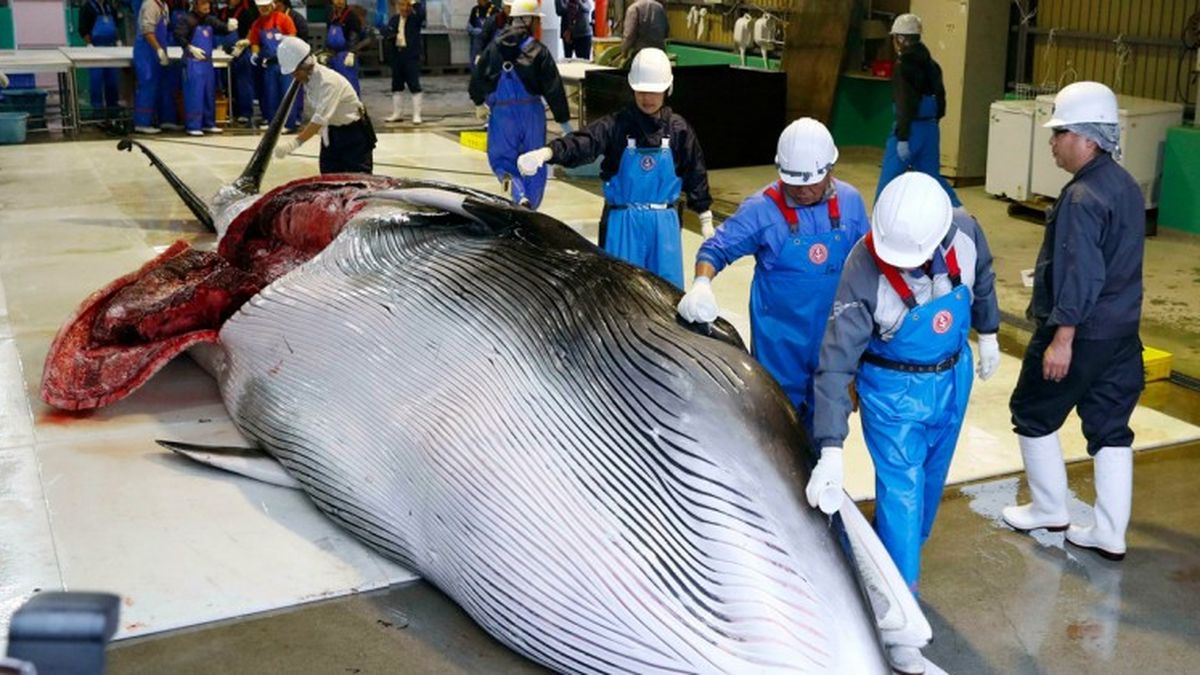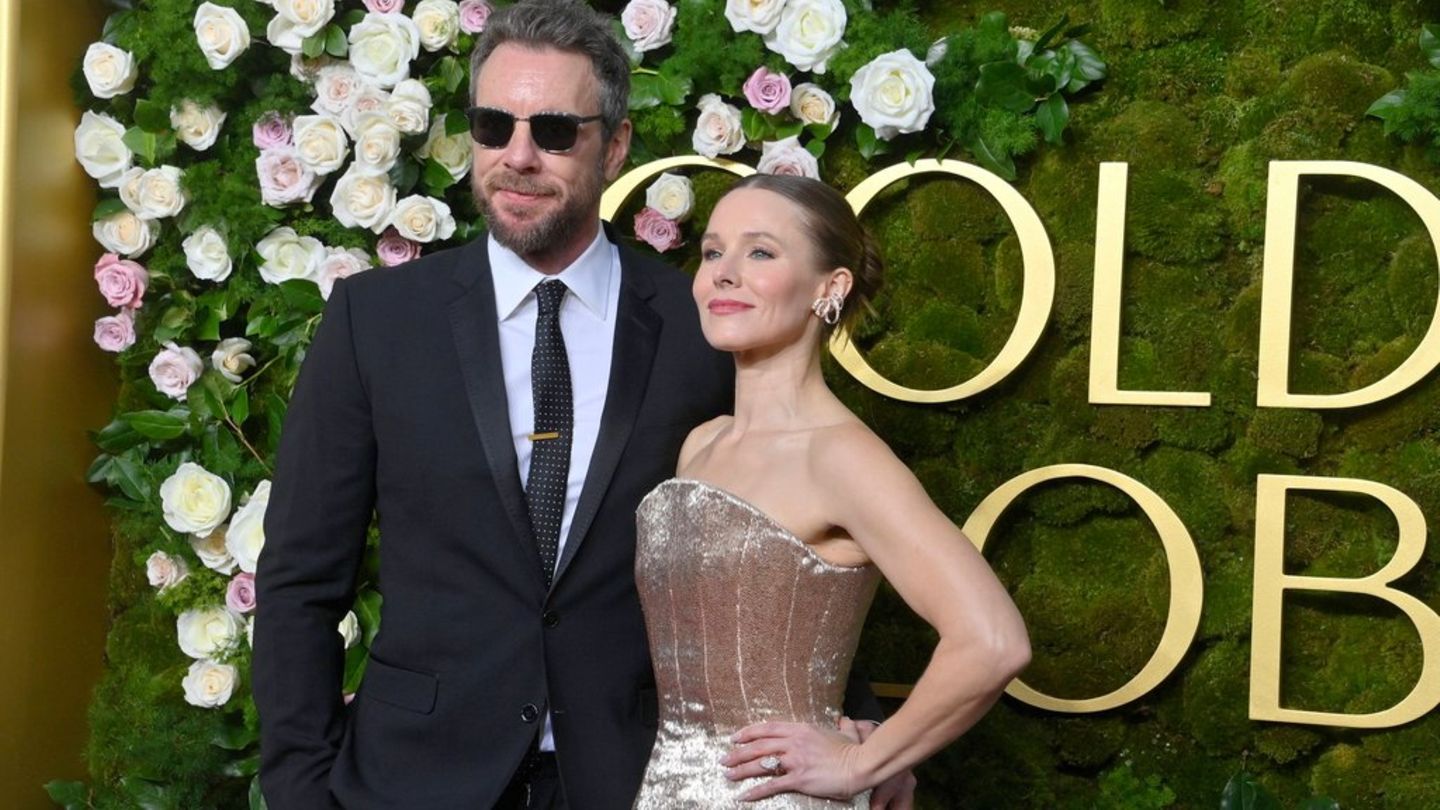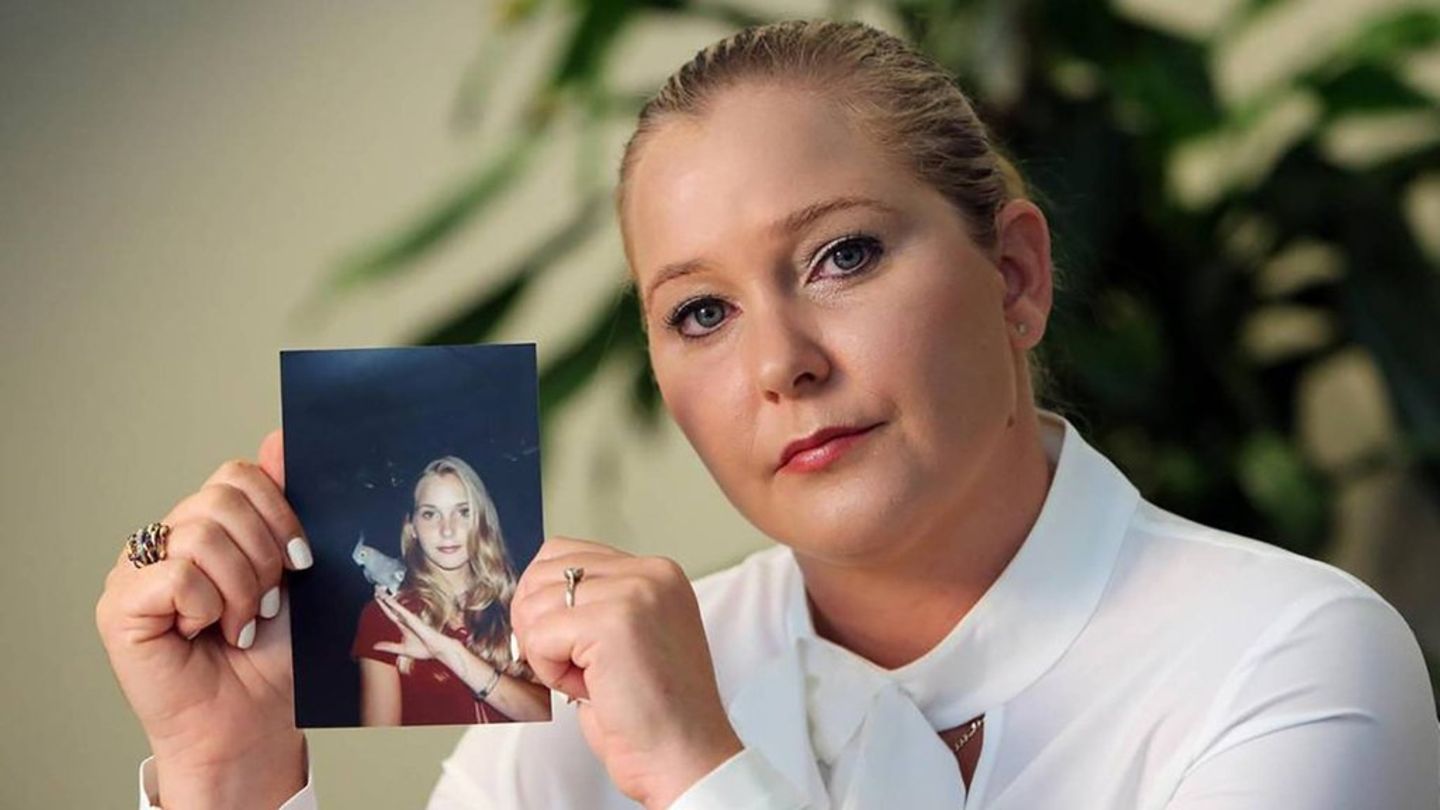This is due to the resumption of commercial hunting in Japan – the main market for cetacean meat – as well as the entry into force of a coastal zone in which fishing is prohibited, forcing people to go further into the sea. .
“Unless otherwise stated, there is little reason to allow whaling from 2024”when the current quotas expire, said Fisheries Minister Svandis Svavarsdottir, a member of Iceland’s governing leftist green party.
“There is little evidence that this activity has any economic benefit”he wrote in an article published by the Morgunbladid daily.
Iceland, Norway and Japan are the only countries in the world that allow whaling, despite recurring criticism from environmental activists and animal advocates, warnings about the toxicity of the meat and a shrinking market. slope.
Iceland’s quotas, which were re-evaluated in 2019, allow a total of 209 fin whales – the second largest marine mammal after the blue whale – and 217 minke whales, one of the smallest cetaceans, to be caught annually until the end of 2023.
However, due to lack of demand, the two main license holders have come to a standstill, with one of them, IP-Útgerd, announcing in early 2020 that it would permanently cease its catches.
The other, Hvalur, had decided not to participate in the last three campaigns.
During the last three seasons in Iceland only one animal – a minke whale, in 2021 – has been harpooned.
Japan, by far the largest market for whale meat, resumed commercial whaling in 2019 after a three-decade hiatus.
Although the archipelago sold its own merchandise through “scientific” catches, whaling — under a quota — was able to resume after Tokyo’s withdrawal from the International Whaling Commission (IWC).
This body banned commercial whaling in 1986, but Iceland, which had opposed the moratorium, resumed it in 2003.
Blue whale hunting, prohibited by the commission, is also prohibited in Iceland.
In 2018, the last summer of significant whaling in Icelandic waters, 146 fin and six minke whales were killed.
Iceland, an island of 370,000 people with its economy increasingly geared towards tourism, is seeing a booming whale-watching industry for foreign visitors.
The hunting situation in Norway has also been stagnant for several years.
Whalers are struggling to cover the quotas granted by the government and the number of ships engaged in this internationally controversial activity continues to decline.
In 2021, 575 cetaceans were caught, less than half of the authorized quotas, by the 14 vessels that are still active in Norwegian waters.
In the North Sea, the Faroe Islands allow the ritual hunting of dolphins, the so-called “Grind”, for local consumption, despite the fact that their meat is loaded with heavy metals and is the subject of international controversy.
Source: Ambito
David William is a talented author who has made a name for himself in the world of writing. He is a professional author who writes on a wide range of topics, from general interest to opinion news. David is currently working as a writer at 24 hours worlds where he brings his unique perspective and in-depth research to his articles, making them both informative and engaging.




